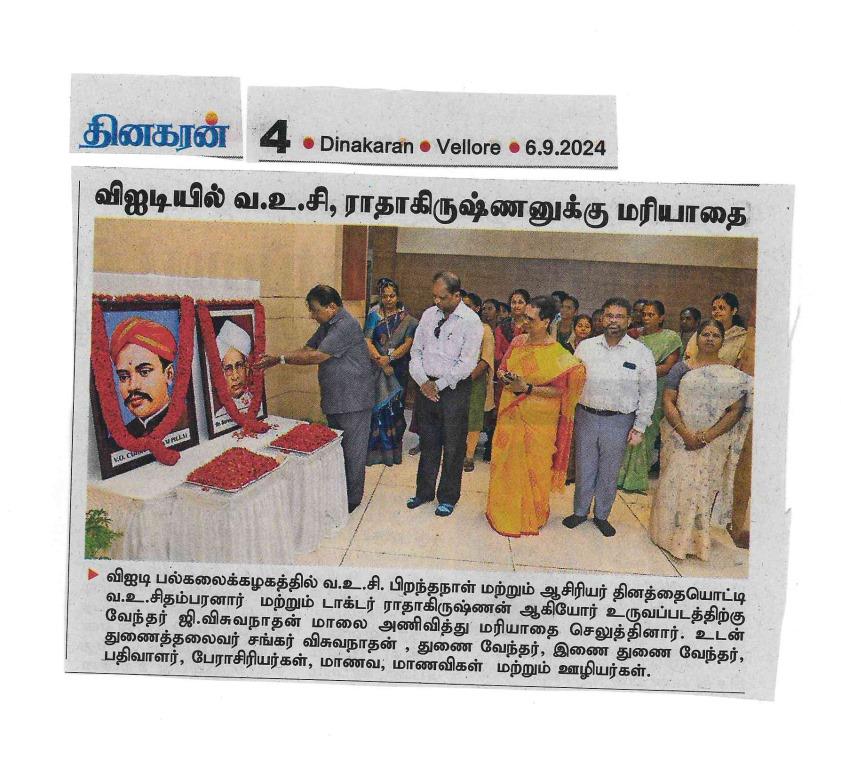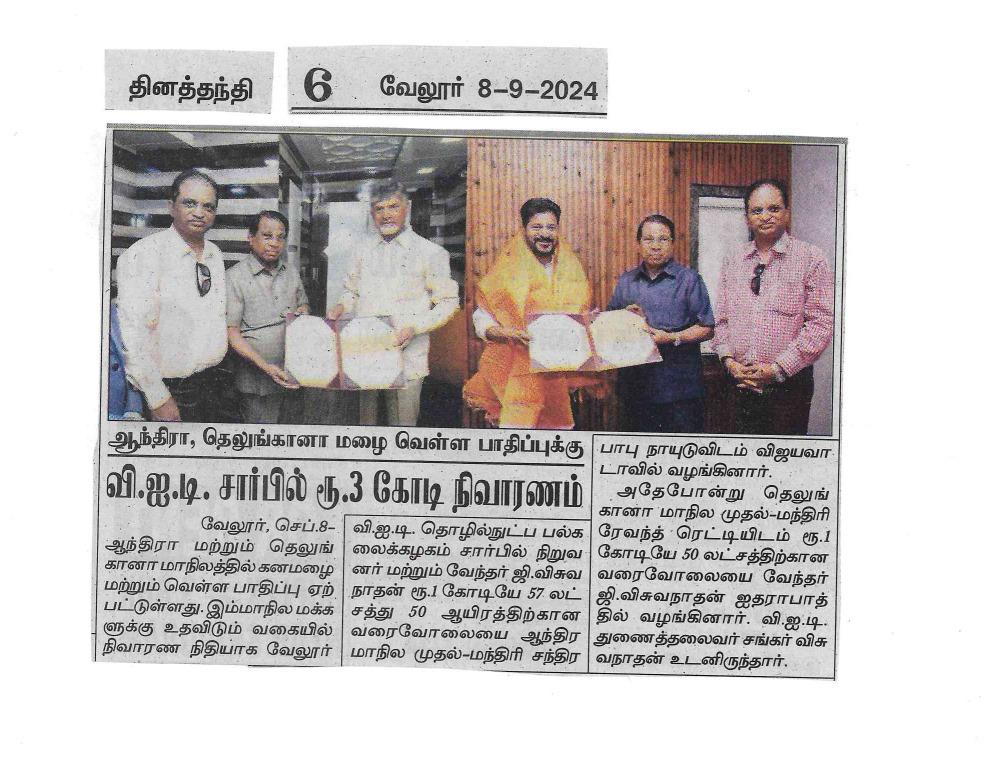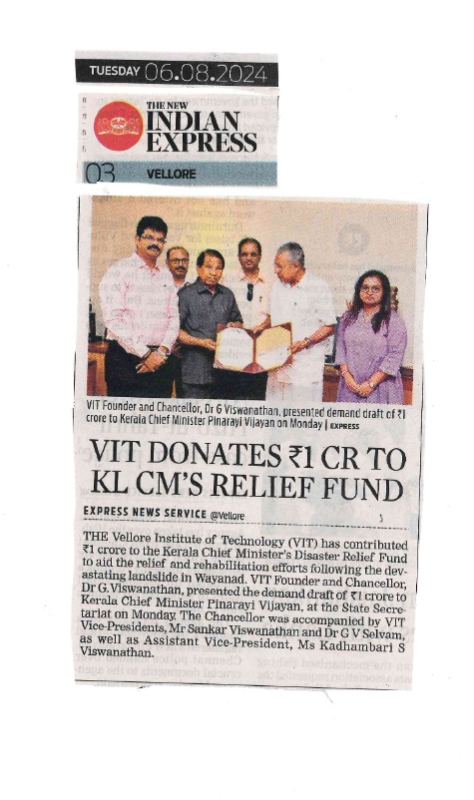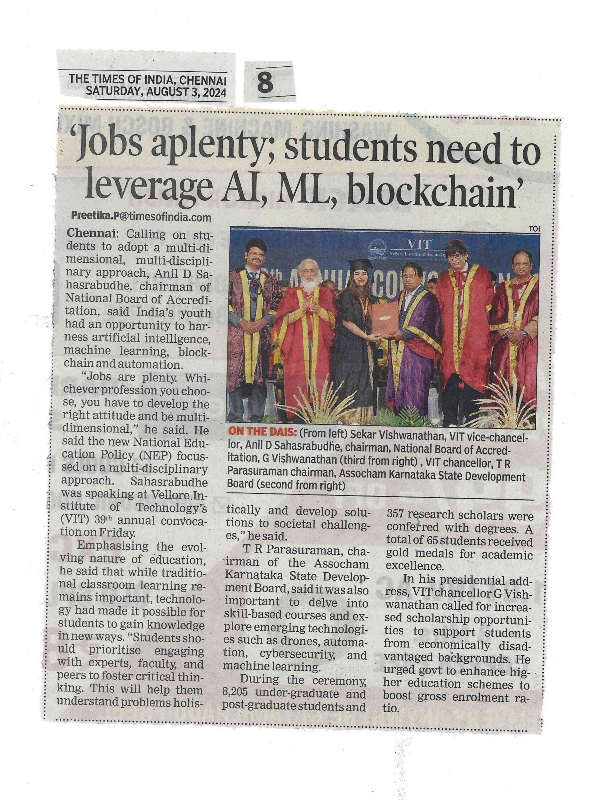- Home
- Archieved News
- Building the cities of tomorrow
Building the cities of tomorrow
Want to be the brain behind the architecture of the future smart cities? Choose an appropriate programme that provides you the essential exposure.
With rapid growth and development, the government has announced plans to build a hundred smart cities. This will require well-qualified architects. The smart city programme is a huge opportunity for innovative design of residences, shopping malls, universities, housing, hospitals, interior design and urban design.
Architects who want to work on the smart cities programme need a strong inter-disciplinary orientation, bringing together theory and practical experience. Environmental and social awareness are essential ingredients of the course to enable students to evolve an innovative and creative design.
Extra-curricular activities such as travel to heritage sites, experiments with new material and technologies, workshops by renowned architects and artists and environmental education field trips boost students’ creativity and add to the university life. The curriculum should provide a global perspective to support further specialisation and higher studies in areas such as urban design, smart cities, sustainable design and other related fields. Making study models of buildings and drawings can help students explore their creative spirit.
A six-month internship programme at an architect's office can help students apply their academic learning in real-life situations. Giving importance to real-life experience alongside theory can provide students greater flexibility to innovate.
What kind of education do aspiring architects need to become proficient in designing the future cities? They need to be trained in urban design, sustainability, interior design, housing, hospitals, residences, education universities, large complexes, and many other building typologies.
To address these professional challenges and opportunities, V-SPARC – School of Architecture at Vellore has introduced a unique fully flexible credit system (FFCS) architecture curriculum. The innovative choice-based course at VIT University gives freedom to each student to chart her/his own future by providing a wide range of subjects to choose from. The electives are well-crafted; including digital technologies, arts and engineering, photography, conservation and heritage, urbanism, architectural journalism, interiors, housing and so on. One of the key features is the exposure provided to students by way of interaction with renowned practising architects from India as well as around the world.
Since its inception in 2015, the architecture course at the V-SPARC School of Architecture, Vellore, has been drawing talented students from around the country. It will soon be open for international students as well. The selection criterion for the VSPARC School of Architecture course is based on the National Aptitude Test in Architecture (NATA) scores. As Vellore and Chennai have been shortlisted for the Smart Cities Programme, new possibilities have emerged for architects to participate and contribute in designing our future cities. Choose an architecture college that provides a wide choice of career options to creatively participate in a fast changing scenario.







